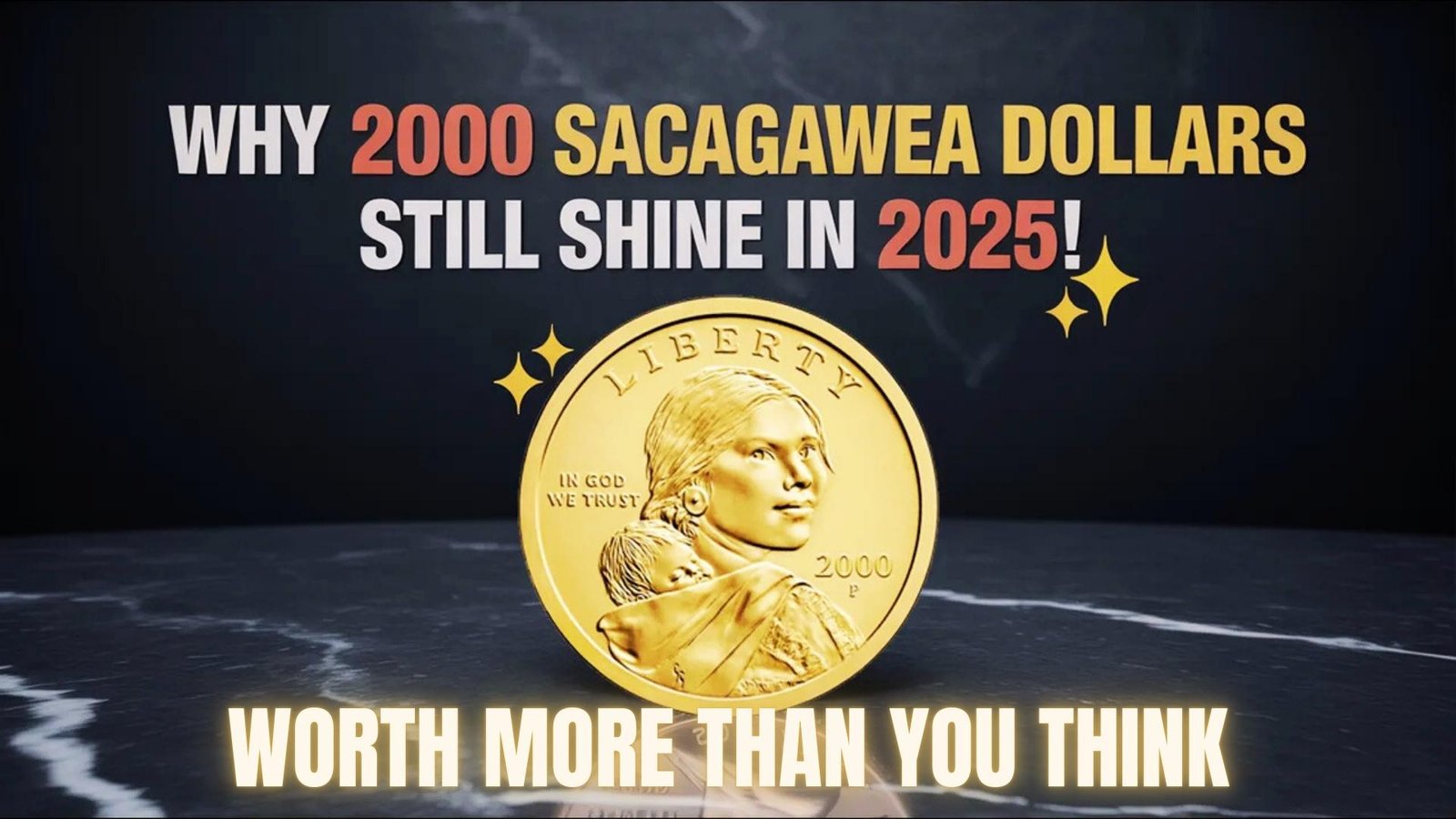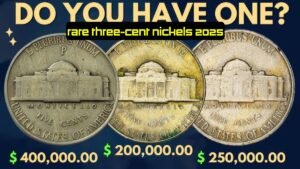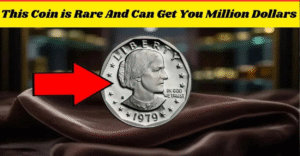What if that golden coin you once saw in your change wasn’t just a dollar but a piece of history hiding in plain sight? The early 2000s Sacagawea Dollars may look ordinary, but beneath their shiny surface lies a story of innovation, controversy, and surprising collector value. Let’s uncover why these coins still capture so much attention today.
The Origin of the Sacagawea Dollar
The Sacagawea Dollar was introduced in 2000 to replace the unpopular Susan B. Anthony Dollar. Designed by artist Glenna Goodacre, it features Sacagawea, the Shoshone woman who guided Lewis and Clark, carrying her infant son Jean Baptiste. Its reverse showcased a soaring eagle.
Why They Were Different From Other Dollars
Unlike silver or clad coins, Sacagawea Dollars had a manganese-brass golden tint that made them stand out. While beautiful, their release was rocky. Despite being minted in the millions, most Americans resisted using them in daily transactions, leaving collectors to scoop them up instead.
Why Collectors Still Care Today
So why do early 2000s Sacagawea Dollars remain in demand? First, they represent a bold era when the U.S. Mint tried to reinvent the dollar coin. Second, they carry unique minting quirks, including rare errors like the 2000-P Cheerios Dollar with a detailed eagle tail. These errors fetch thousands at auction, fueling the excitement.
Key Dates and Varieties That Stand Out
Not every Sacagawea Dollar is rare, but a few early issues stand apart.
| Year/Type | Key Feature | Value Range |
|---|---|---|
| 2000-P Cheerios Dollar | Extra feather detail on eagle | $3,000 – $10,000+ |
| 2000-P Wounded Eagle | Die gouge through eagle’s body | $250 – $500 |
| 2000-D Millennium Set | Special collector release | $10 – $50 |
| 2001-P Proof | Limited mintage | $15 – $80 |
| 2002–2008 Circulation Halt | Struck only for collectors | $2 – $20 |
Notable Collector Insights
- The 2000 Sacagawea “Cheerios Dollar” was given away in cereal boxes by General Mills, making it one of the most unusual promotions in coin history.
- From 2002 onward, Sacagawea Dollars were no longer released for circulation, making early 2000s issues feel nostalgic and more collectible.
- Error coins like the Wounded Eagle add intrigue, as even common circulation pieces may hide surprises.
Expert Tips for Collectors
- Check Your Change: Even though circulation halted, early coins still appear in pocket change.
- Look Closely at Details: The eagle tail feathers can distinguish a common coin from a rare treasure.
- Buy Graded Examples: Certified coins from PCGS or NGC protect against counterfeits and ensure true market value.
FAQs About Sacagawea Dollars
Q: Are Sacagawea Dollars made of gold?
A: No, they have a golden color from manganese-brass alloy but contain no gold.
Q: Which Sacagawea Dollar is the rarest?
A: The 2000-P Cheerios Dollar is one of the rarest and most valuable varieties.
Q: Are they still being made?
A: Yes, but under the Native American Dollar program with changing reverse designs since 2009.
Conclusion: A Modern Coin With Timeless Appeal
Though they were minted for everyday use, early 2000s Sacagawea Dollars became something greater—a blend of artistry, history, and rarity. Whether it’s the Cheerios promotion, error varieties, or nostalgia for the golden hue, these coins remind us that sometimes the most ordinary-looking dollar can hold the biggest surprise. Check your drawers—you might have a hidden gem waiting.




